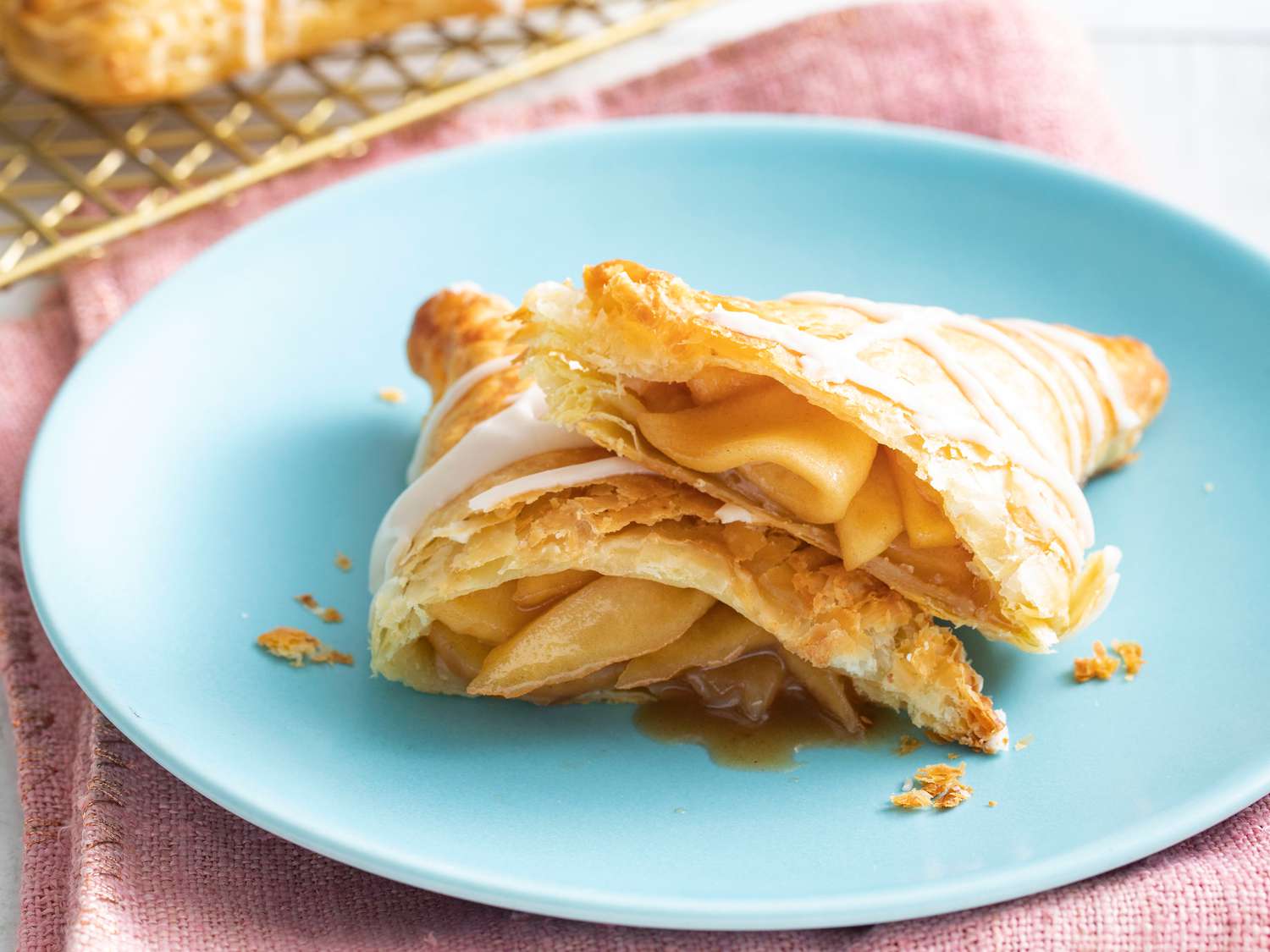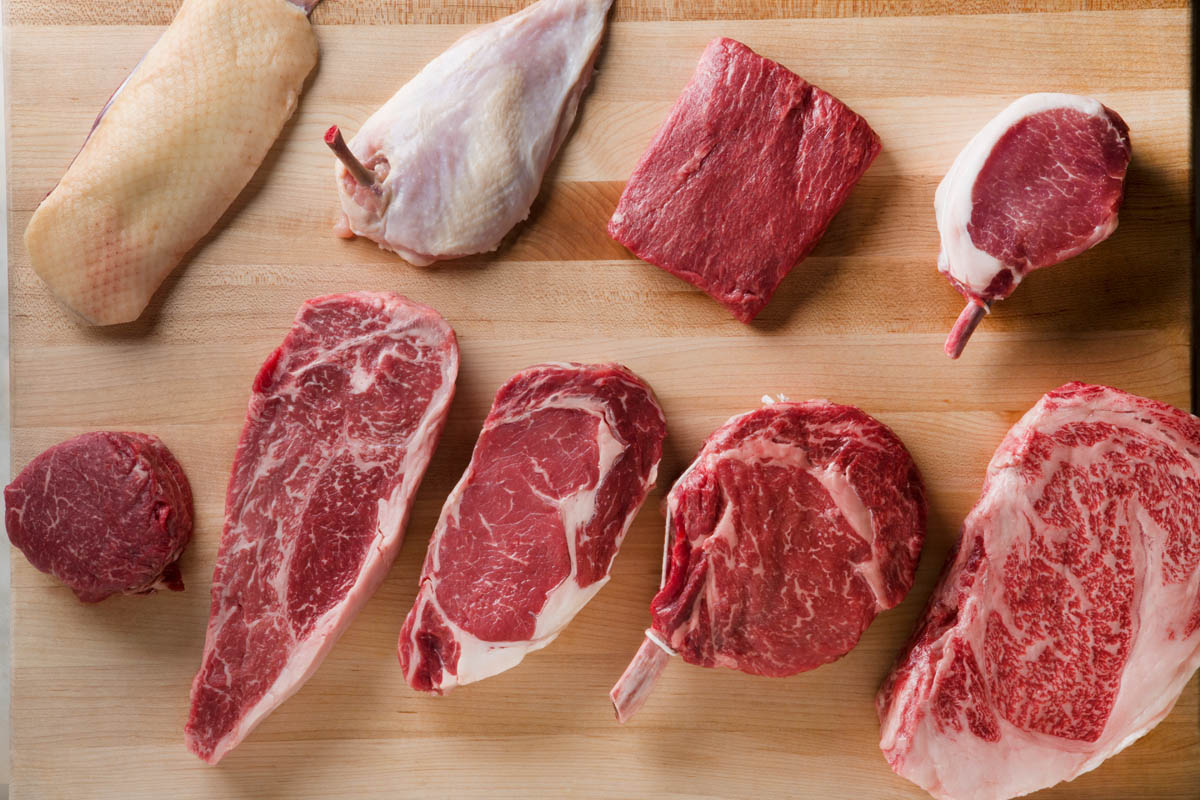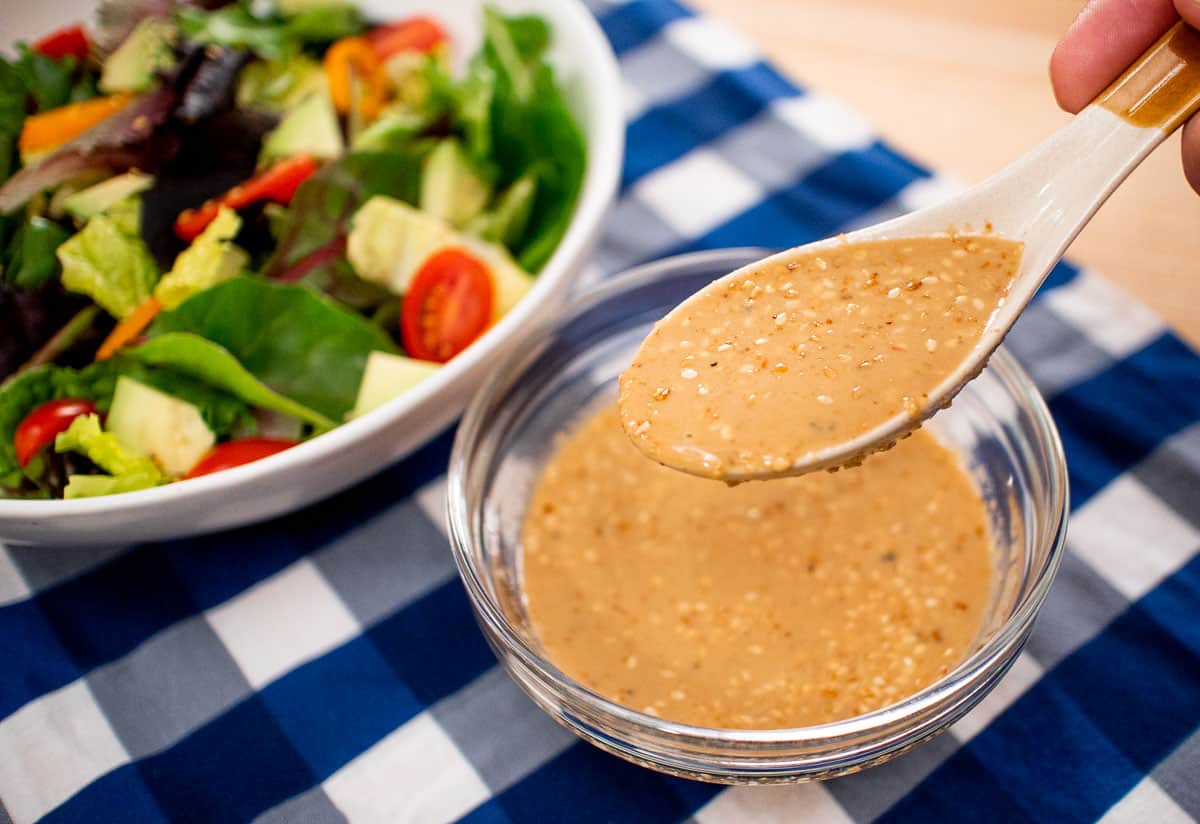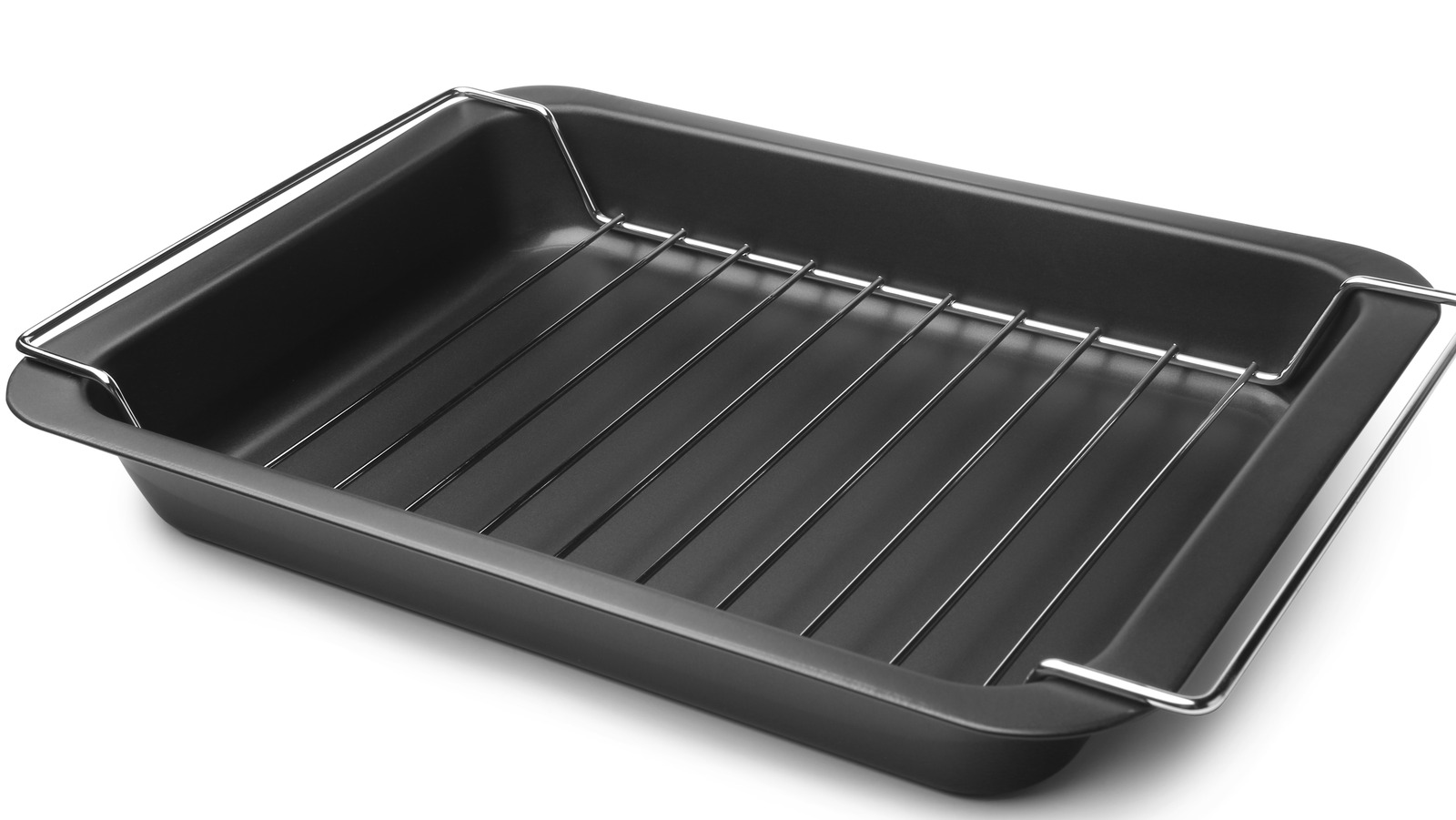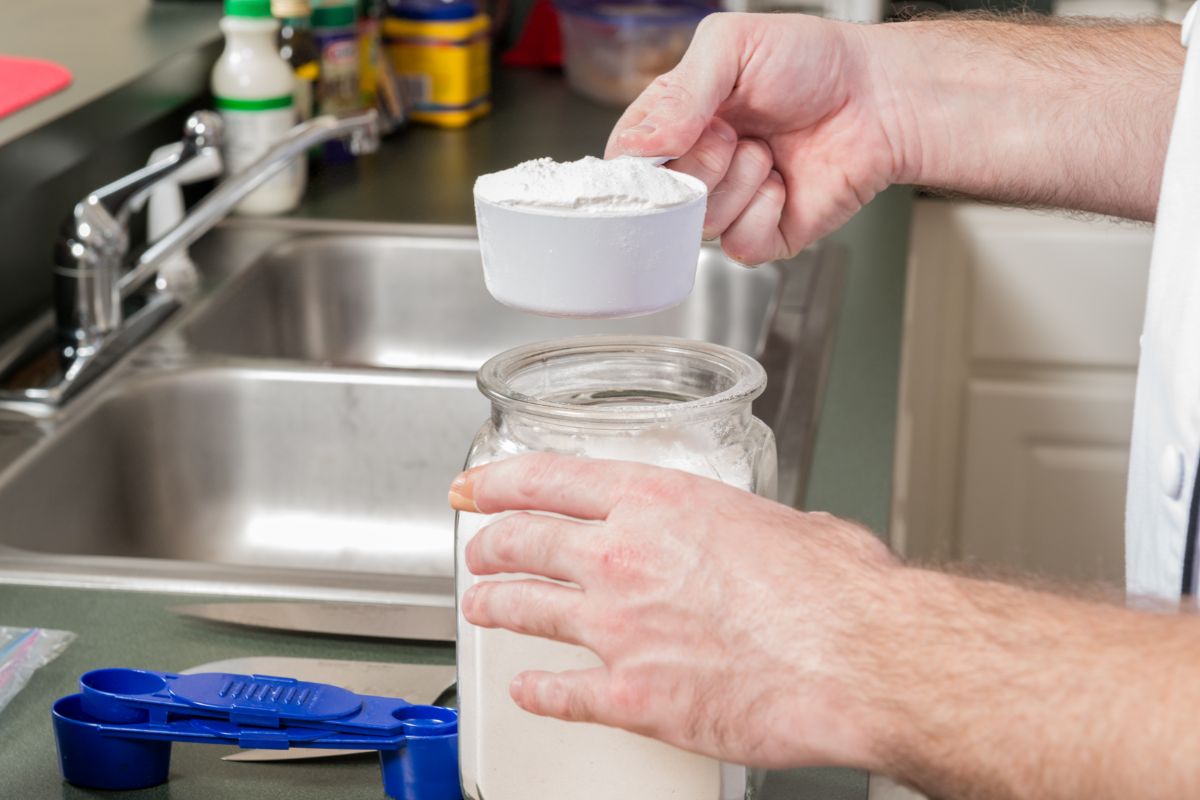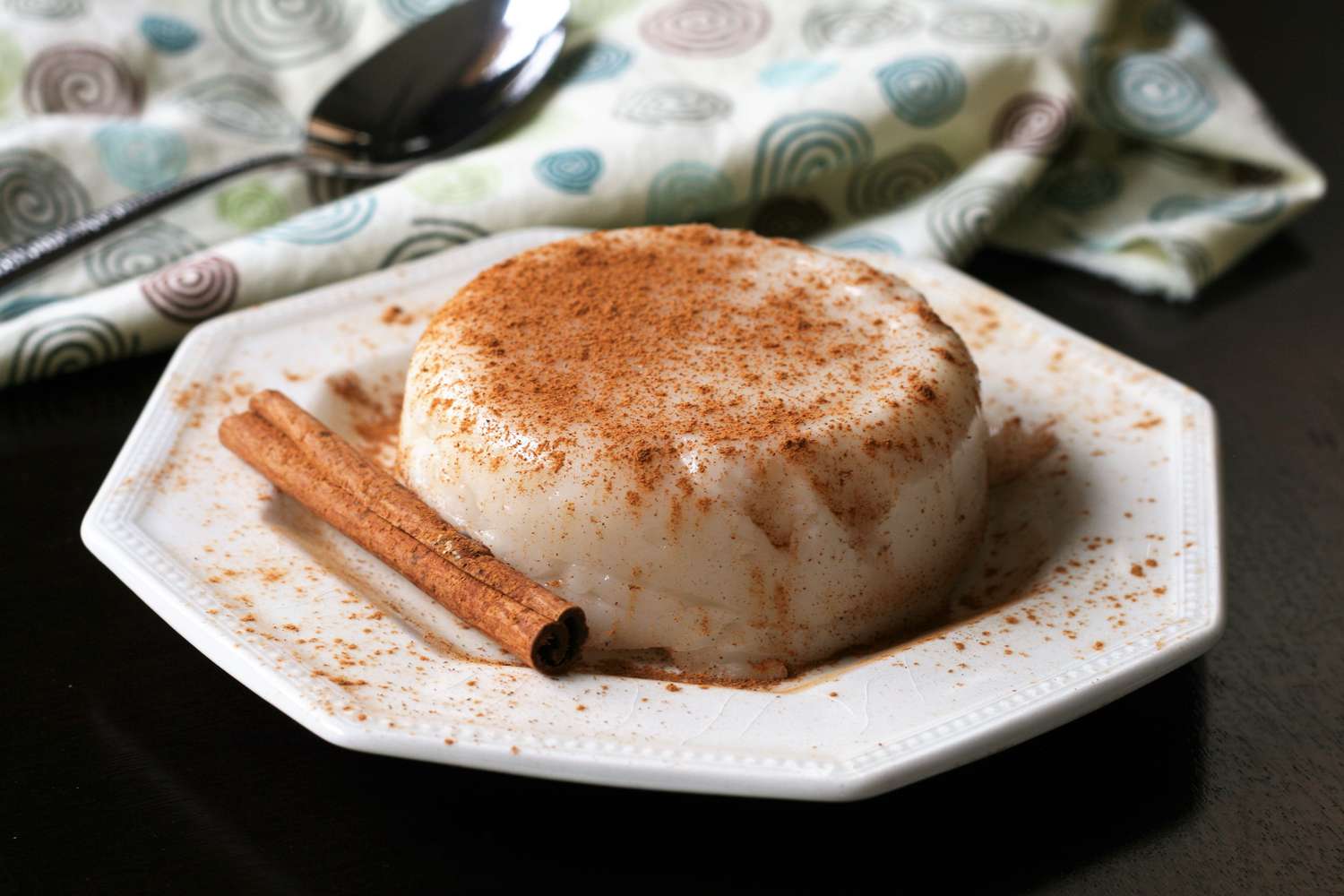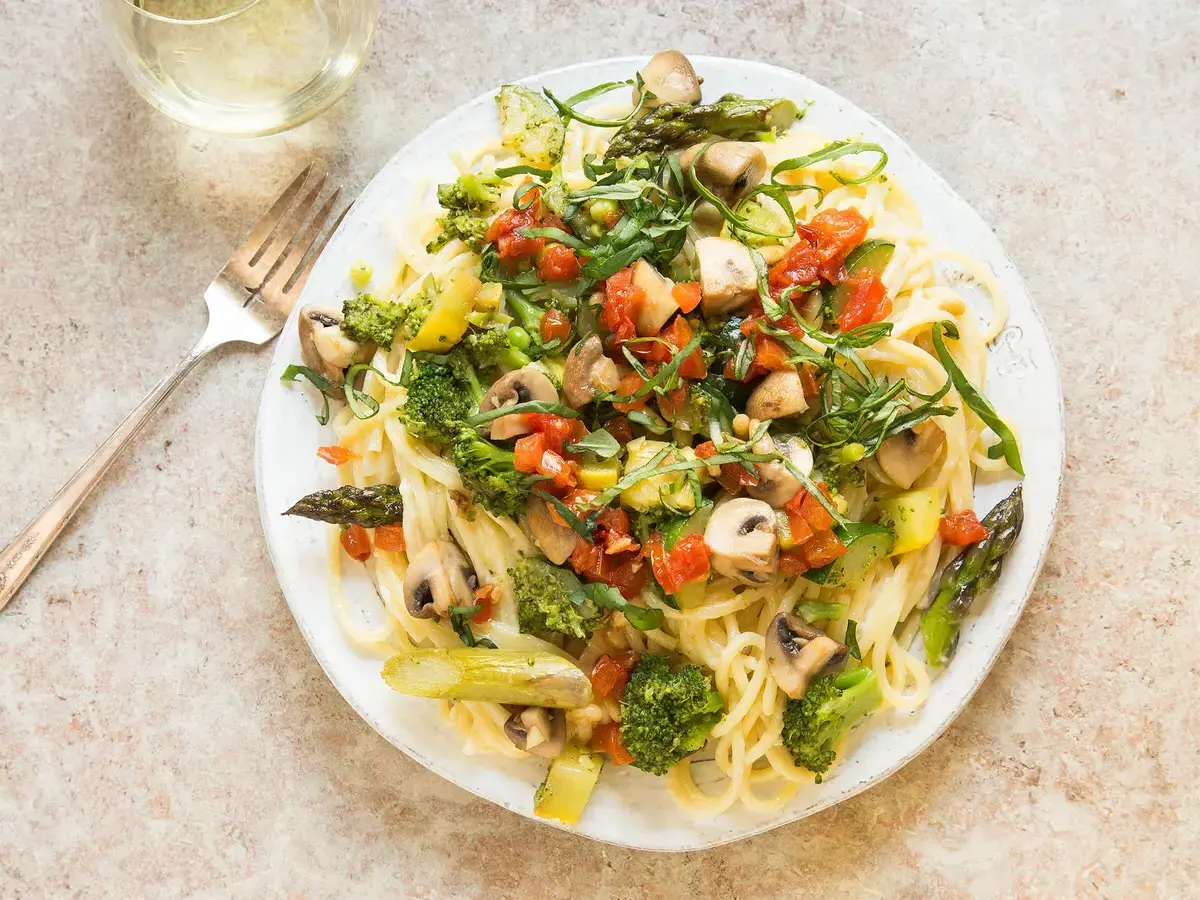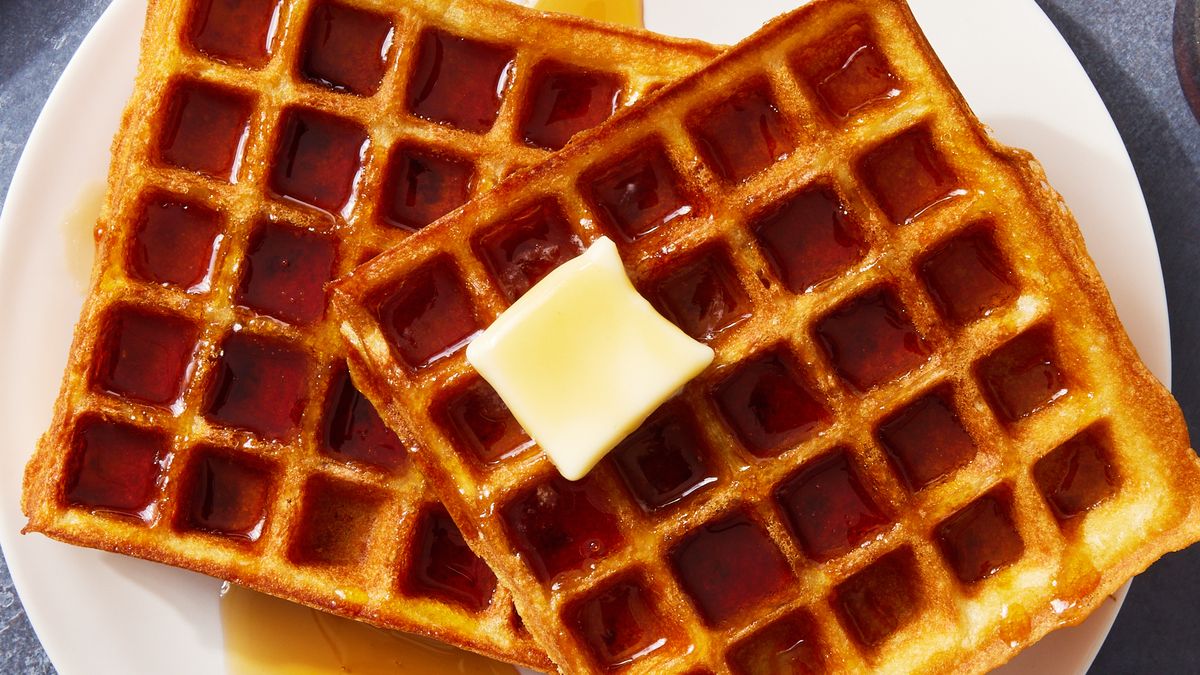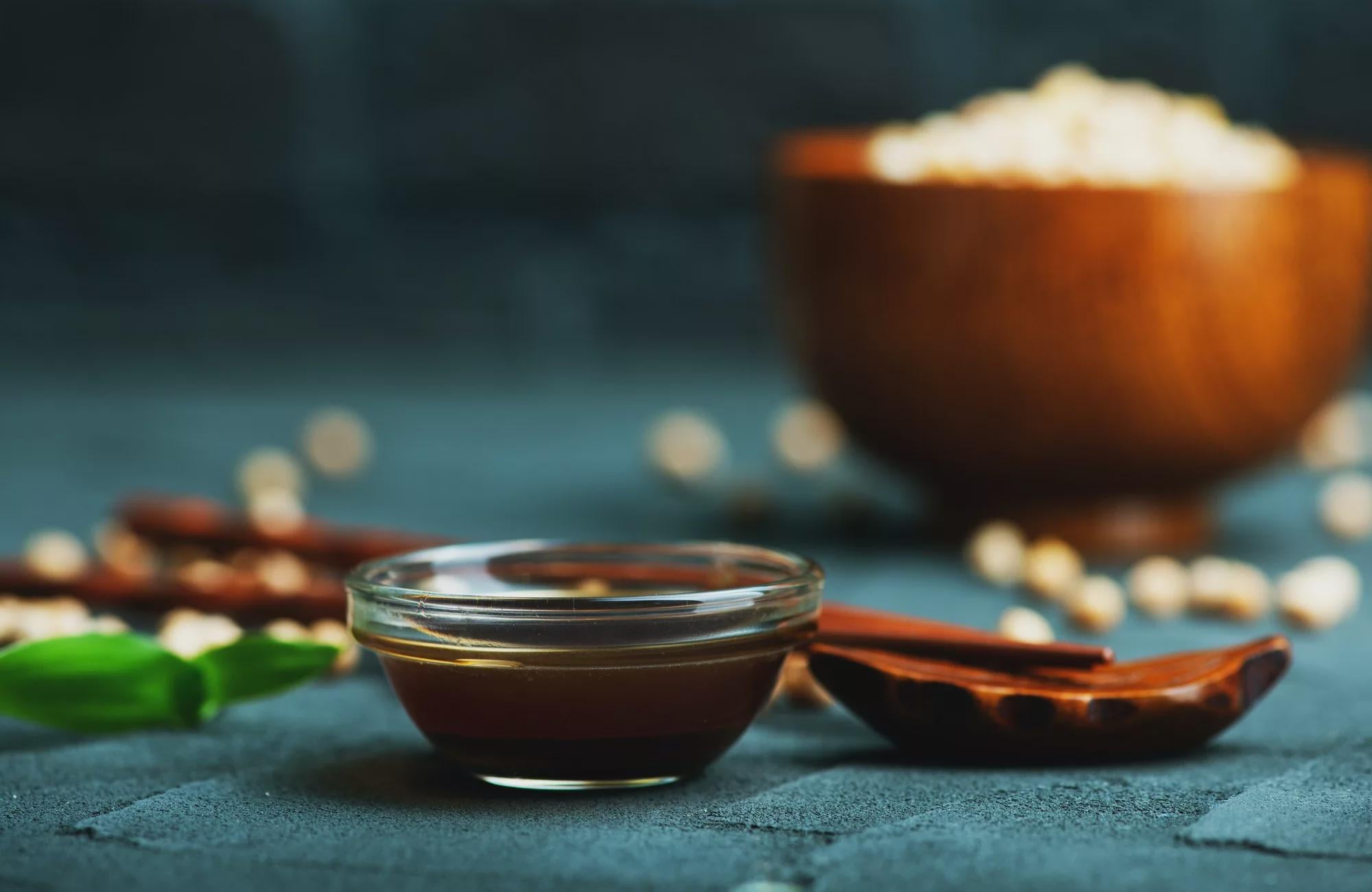Understanding Rice Bread: A Delicious and Nutritious Alternative
When it comes to bread, most people think of the traditional wheat-based loaves that line the shelves of grocery stores. However, there is a lesser-known but equally delicious alternative that is gaining popularity: rice bread. This unique bread offers a tasty and nutritious option for those looking to explore new flavors and dietary choices.
What is Rice Bread?
Rice bread is a type of bread that is made primarily from rice flour, as opposed to the wheat flour used in traditional bread. It is a gluten-free alternative, making it suitable for individuals with gluten sensitivities or those following a gluten-free diet. Rice bread can come in various forms, including loaves, rolls, and buns, and it can be flavored with a variety of ingredients such as herbs, seeds, and nuts.
Benefits of Rice Bread
There are several benefits to incorporating rice bread into your diet:
- Gluten-Free: For individuals with celiac disease or gluten sensitivities, rice bread provides a delicious alternative to traditional bread without causing digestive discomfort.
- Rich in Nutrients: Rice bread can be a good source of essential nutrients such as fiber, vitamins, and minerals, especially when made with whole grain rice flour.
- Versatile: Rice bread can be used in a variety of recipes, from sandwiches to French toast, making it a versatile option for mealtime.
- Light and Fluffy Texture: When prepared correctly, rice bread can have a light and fluffy texture that is enjoyable to eat.
How is Rice Bread Made?
The process of making rice bread involves using rice flour as the primary ingredient. Other common ingredients include water, yeast, salt, and sometimes additional flavorings such as herbs or seeds. The rice flour is mixed with the other ingredients to form a dough, which is then shaped and baked to create the final product.
Ways to Enjoy Rice Bread
There are numerous ways to enjoy rice bread as part of your meals:
- Sandwiches: Use rice bread to create delicious and satisfying sandwiches filled with your favorite ingredients.
- Toast: Toast rice bread and top it with avocado, nut butter, or your preferred spread for a quick and tasty breakfast or snack.
- Croutons: Cube rice bread, season with herbs and spices, and bake to create flavorful croutons for salads and soups.
- Breadcrumbs: Process rice bread into breadcrumbs to use as a gluten-free coating for meats or as a topping for casseroles.
Conclusion
Rice bread offers a delicious and nutritious alternative to traditional wheat-based bread. Whether you follow a gluten-free diet or simply want to explore new flavors, rice bread can be a versatile and enjoyable addition to your meals. With its light and fluffy texture and the ability to be used in various recipes, rice bread is a valuable option for those seeking dietary diversity and a tasty bread alternative.
Was this page helpful?
Read Next: What Is Trader Joe’s Bruschetta?
